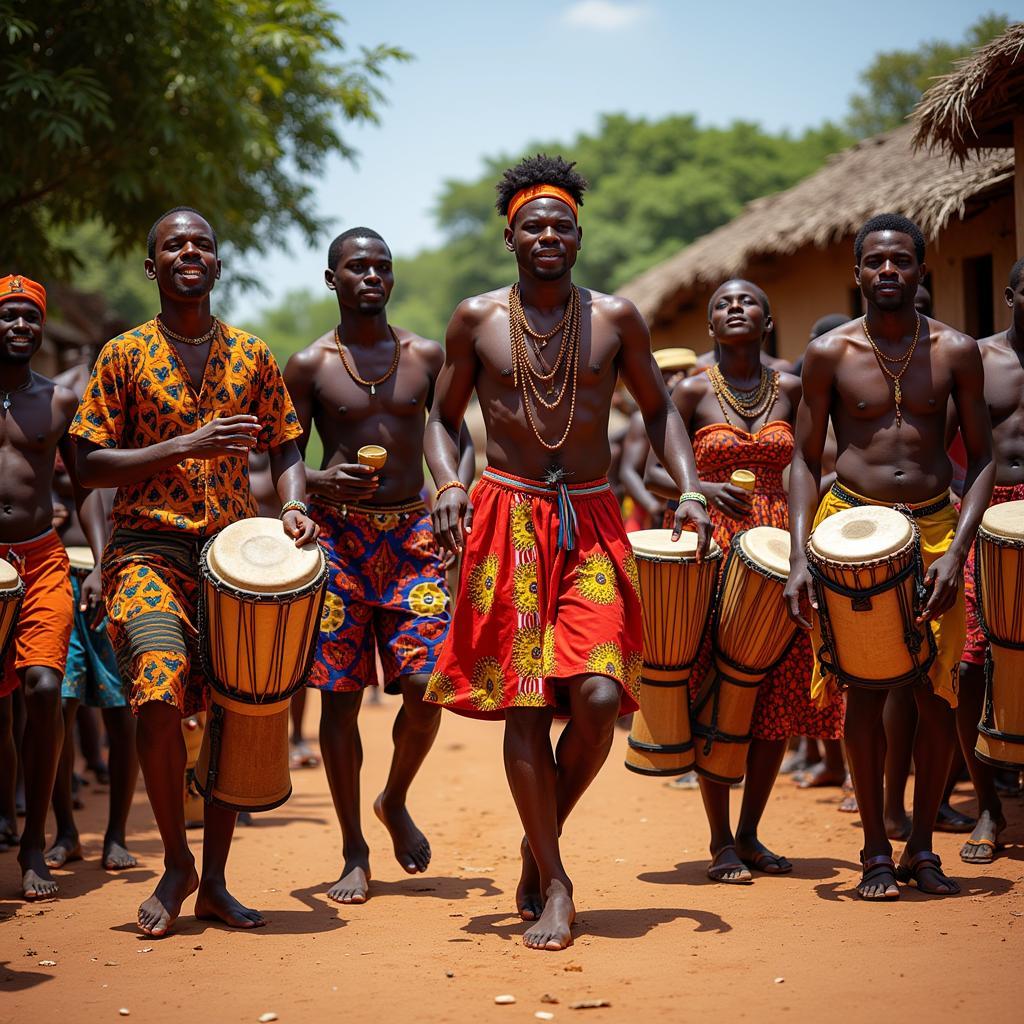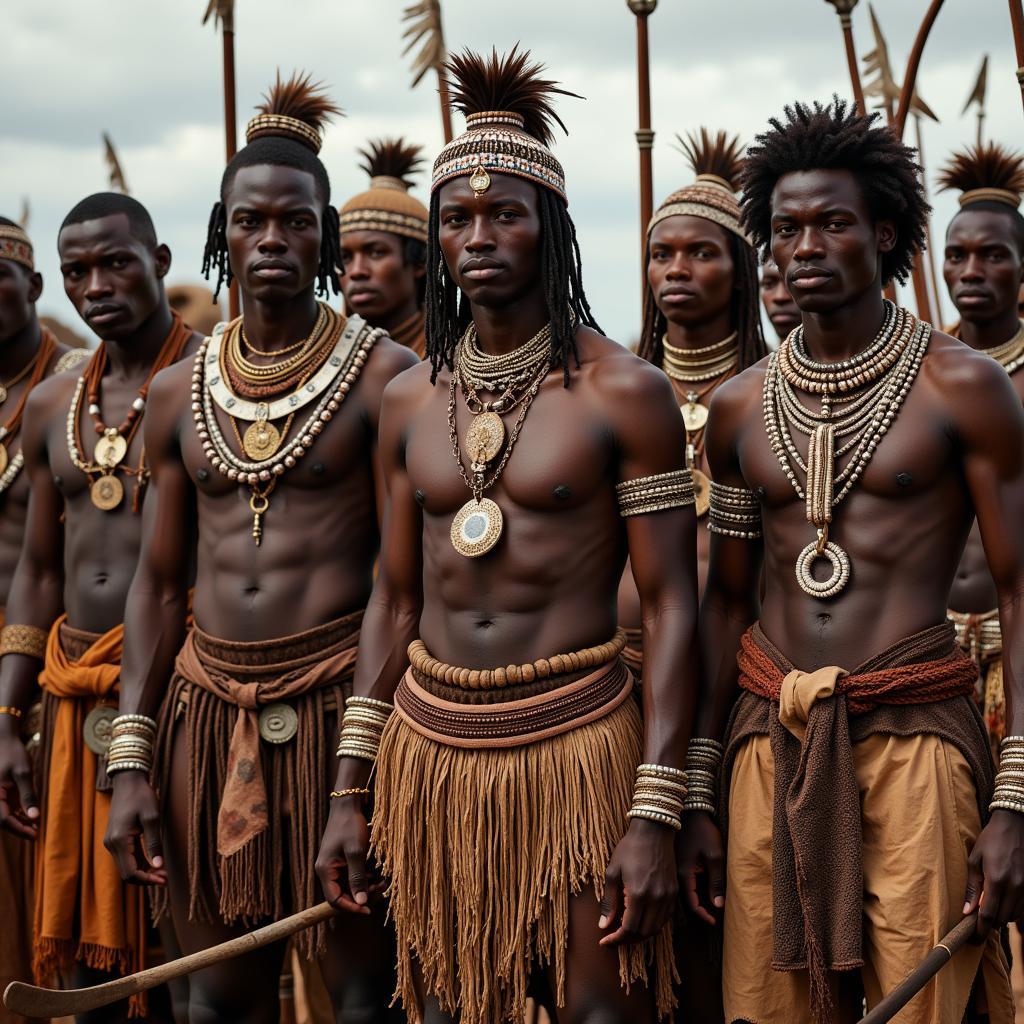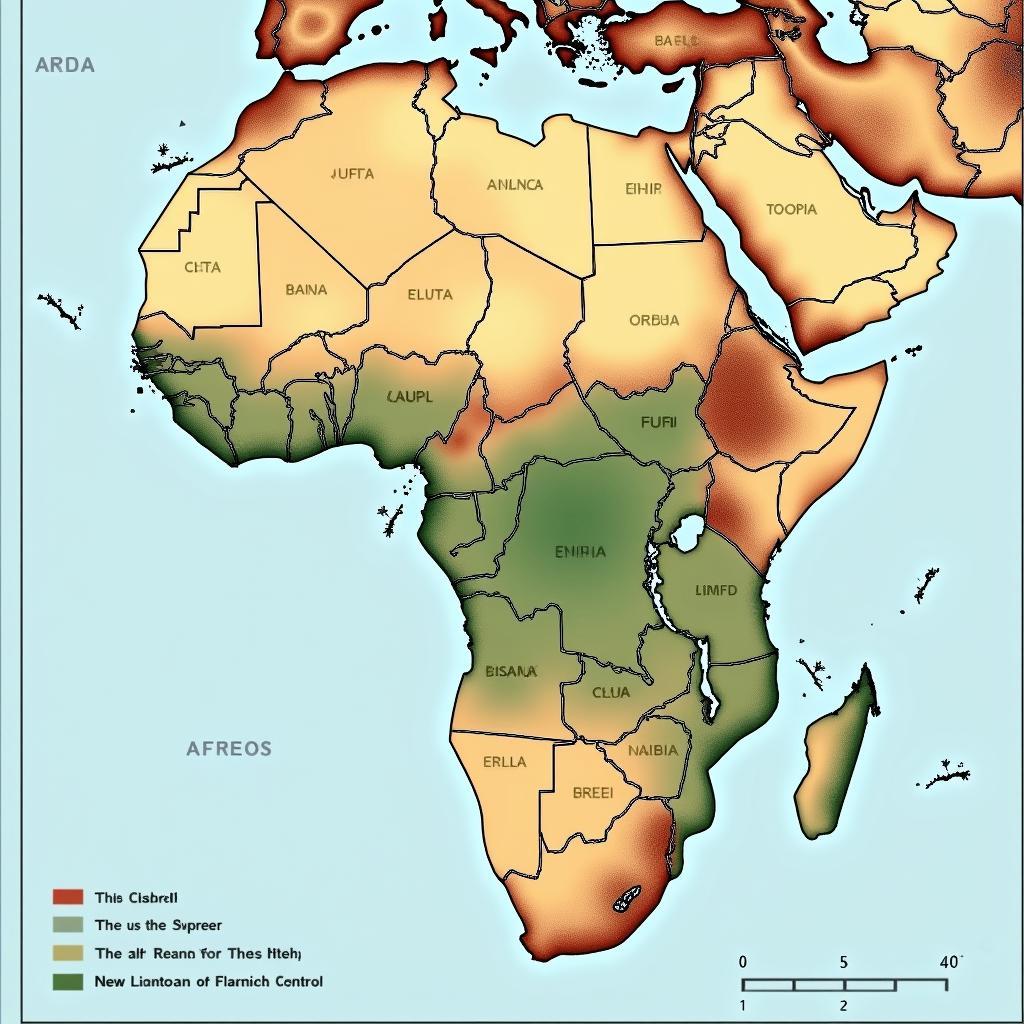African Love Birds Color: A Spectrum of Beauty and Affection
African love birds are renowned worldwide for their vibrant colors and affectionate nature. These small parrots, native to the African continent, captivate bird enthusiasts with their stunning plumage and strong pair bonds.
A Kaleidoscope of Colors: Exploring African Love Bird Species
There are nine distinct species of African love birds, each boasting a unique array of colors.
- Peach-faced Lovebirds: As their name suggests, these lovebirds are known for their peachy-pink faces, contrasting beautifully with their bright green bodies and blue rumps.
- Masked Lovebirds: These striking birds sport a vibrant green body, a black head resembling a mask, and a bright red beak. Their coloration is particularly striking, making them a popular choice among bird lovers.
- Fischer’s Lovebirds: This species displays a vibrant green body, with a yellow head and orange upper breast, creating a striking visual contrast.
- Black-cheeked Lovebirds: True to their name, these lovebirds have black markings on their cheeks, complementing their green bodies and red beaks.
The Genetics of Color: What Determines an African Love Bird’s Plumage?
The vast array of colors found in African love birds is a result of both genetics and mutations.
- Psittacine Pigments: Like other parrot species, African lovebirds produce psittacine pigments, which are responsible for their yellow, orange, and red feathers. These pigments are synthesized by the birds themselves, unlike other colors that are derived from their diet.
- Structural Colors: The vibrant green coloration often observed in African lovebirds is a result of structural coloration. This phenomenon occurs when the physical structure of the feathers interacts with light, creating the perception of green.
- Mutations: Over time, mutations have led to variations in the expression of these pigments and structural colors, resulting in the diverse range of colors observed today. For example, blue mutations lack the yellow pigment, leading to their distinctive blue coloration.
The Significance of Color in the Wild
In the wild, an African love bird’s coloration plays a crucial role in its survival.
- Camouflage: The predominantly green plumage of many lovebird species provides excellent camouflage amidst the foliage of their natural habitat, protecting them from potential predators.
- Species Recognition: The distinct color patterns within each species allow lovebirds to easily identify potential mates, ensuring successful breeding within their own kind.
- Social Signaling: The brightness and intensity of a lovebird’s colors can serve as a signal of health and fitness to potential mates.
Caring for Your Colorful Companions: Tips for Lovebird Owners
- Provide a Varied Diet: A healthy diet consisting of seeds, fruits, vegetables, and pellets is essential for maintaining vibrant plumage and overall health.
- Ensure Adequate Sunlight: Exposure to natural sunlight or full-spectrum lighting helps lovebirds synthesize vitamin D, crucial for feather health.
- Offer Opportunities for Enrichment: Provide a stimulating environment with plenty of toys, perches, and opportunities for social interaction to prevent feather plucking, a common issue in bored or stressed birds.
African Love Birds: A Testament to Nature’s Artistry
The dazzling colors of African love birds are a testament to the beauty and diversity of the natural world. Understanding the factors that influence their coloration deepens our appreciation for these feathered companions and highlights the importance of conservation efforts to protect them.
FAQs about African Love Bird Colors
1. Do African love birds change color as they age?
While baby lovebirds have a duller plumage, they typically develop their adult coloration within their first year. However, subtle changes in color intensity can occur throughout their lifespan due to diet, molting cycles, and overall health.
2. Can I breed my lovebirds to produce specific colors?
Breeding for specific colors requires knowledge of genetics and responsible breeding practices. It is important to prioritize the health and well-being of the birds over aesthetic preferences.
3. What does it mean if my lovebird’s feathers are looking dull?
Dull feathers can indicate a nutritional deficiency, lack of sunlight, or underlying health issues. Consult with an avian veterinarian for proper diagnosis and treatment.
4. Do different color mutations of African love birds have different personalities?
There is no scientific evidence to suggest that color mutations affect a lovebird’s personality. Individual temperaments vary greatly within a species, regardless of color.
5. Are there rare or endangered African love bird color mutations?
Some color mutations are less common than others, and certain species, such as the Black-cheeked Lovebird, are considered vulnerable in the wild due to habitat loss and the illegal pet trade.
Explore More About African Lovebirds
For further insights into the fascinating world of African lovebirds, discover more about their:
- Unique behaviors and social dynamics
- Dietary needs and feeding tips
- Breeding habits and chick rearing
Contact us for any assistance.
Phone Number: +255768904061
Email: [email protected]
Address: Mbarali DC Mawindi, Kangaga, Tanzania.
We are here to help 24/7.


